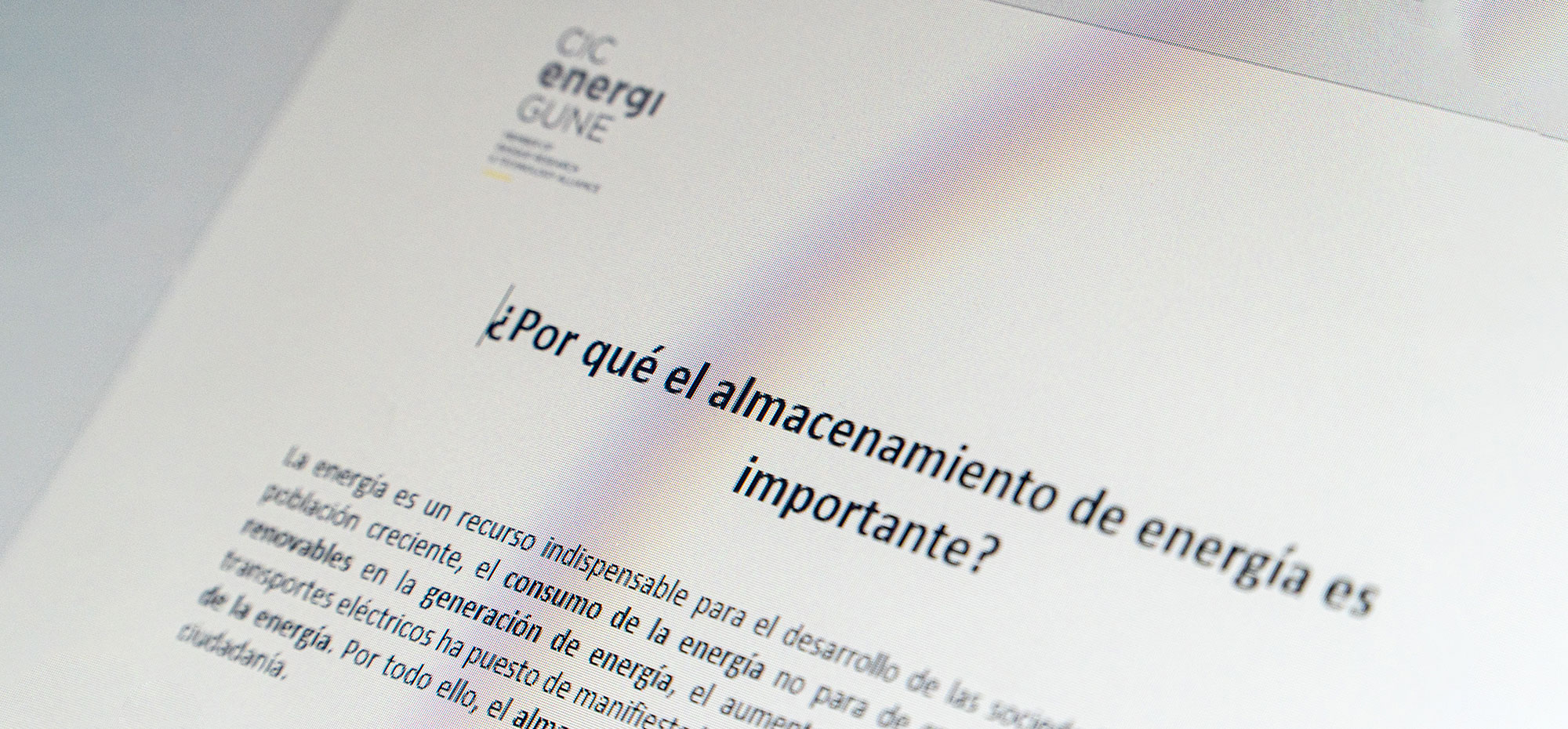Renewable synthetic alcohols are, by definition, those that are obtained from CO2 and green hydrogen and they are chemically indistinguishable from their counterparts from fossil sources. In both cases they are organic chemical compounds containing at least one hydroxyl group (-OH).
The growing demand for both fossil and synthetic alcohols is largely due to their importance in several industrial applications that are also on the rise. These include different uses ranging from the energy field (as fuels), the pharmaceutical and cosmetics industry and the chemical industry (as solvents), to as intermediates/precursors in the synthesis of other key compounds.
All these endless applications mean that, in global terms, the market for alcohols, especially methanol and ethanol, shows significant growth expectations for the coming decades, largely driven by their demand in energy and chemicals.
Alcohols market: methanol, ethanol, propanol, and butanol
Methanol, ethanol, propanol, and butanol offer unique characteristics making them valuable for different industrial applications, from energy carriers to the chemical, pharmaceutical or cosmetics industry.
In the case of methanol, the market is expected to grow from 90 million tons in 2022 to 136 million tons by 2032 (equivalent to €47.55 billion), at a CAGR of 4.30% between 2023 and 2032. This increase is mainly driven by its critical role in the production of formaldehyde, plastics and other key industrial chemicals.
On the other hand, in the case of ethanol, the market is expected to reach a demand volume of approximately 207 billion liters in 2030, growing at a compound annual growth rate (CAGR) of approximately 4.20% from 2023 to 2030. This will mean that it will reach a market value of around €148.54 billion.
This growth is mainly linked to the increasing use of ethanol as a fuel and in the manufacture of medicines, plastics, cosmetics and in the production of disinfectants, whose market experienced a particular boom during the COVID-19 pandemic and remains strong due to increased awareness of hygiene and disease prevention.
As for the other two alcohols, propanol and butanol, although their market is more restricted, there has also been a notable growth with significant applications in the pharmaceutical, cosmetics and paint industries.
The importance of sustainable alternatives: renewable synthetic alcohols
Due to these market figures and, above all, to the awareness of the planet´s sustainability and climate change, the development of so-called “renewable synthetic alternatives” is becoming increasingly necessary to meet the growing demand for these alcohols in different sectors and to replace fossil alcohols with more sustainable and greener solutions.
In this sense, renewable synthetic alcohols play a crucial role in the transition towards a more sustainable economy, as they offer alternatives to reduce greenhouse gas emissions and reduce dependence on fossil resources, mitigating climate change and ensuring the sustainability of the planet.
At this point it is worth mentioning that bioethanol, although it is a renewable ethanol, is not considered, by definition, synthetic ethanol, as it is obtained from biomass fermentation and is beyond the scope of this article. Nevertheless, and although it presents problems inherent to the biomass itself, it is the most widespread and most evolved renewable ethanol production route at industrial level.
There are several more or less efficient and/or selective ways of producing synthetic alcohols using sustainable energy sources. Some of the most promising routes would be the catalytic ones (thermo-, electro-, photo- or biocatalytic).
The production of synthetic methanol has been extensively studied and there have been major advances in this respect in recent years in the development of electrocatalytic, thermocatalytic, photocatalytic and biocatalytic processes, with electro- and thermocatalytic processes being the most studied.
However, the production of synthetic ethanol, propanol and butanol has been less explored, largely due to the complexity of the reaction mechanism and the competitions with other side reactions such as Fischer-Tropsch (F-T), Sabatier reaction, reverse water gas shift (RWGS), among others. For these reasons, the production of these renewable synthetic alcohols remains a major challenge in terms of conversion and selectivity to the desired products, so both the development of new efficient and selective catalysts and process improvements will play a key role in the implementation of these synthetic alcohol production pathways.
Among the different catalytic pathways to produce synthetic ethanol, electrocatalytic CO₂ reduction is probably the most advanced technique -followed by thermocatalytic reduction - where catalysts or catalytic systems of different nature, both homogeneous and heterogeneous, are being explored, looking for high conversion and selectivity towards synthetic ethanol. Finally, biocatalytic processes using microorganisms or modified enzymes to metabolize CO2 offer a very innovative and sustainable alternative.
Working towards more sustainable alternatives
In summary, renewable synthetic alcohols represent a key solution in the search for more sustainable alternatives to the large current and future demand for alcohols in the chemical and energy sectors.
Their production through various catalytic routes (thermo-, electro-, photo-, and bio-) makes it possible to take advantage of CO2 -one of the main causes of the greenhouse effect- and contribute to the decarbonization of industry and the sustainability of the planet. In this sense, due to the growing interest in sustainability and the current stricter regulation, synthetic alcohols are called to play a key role in the transition to a greener and more efficient economy.
From CIC energiGUNE, we are working on the development of these new alternatives for the production of synthetic alcohols. Within the area of Thermal Energy Storage and Conversion (TESC), in the “Thermocatalysis and Ionic Liquids” group we are already developing solutions, in their first stages, through the design of new, more efficient, and selective catalytic systems to produce synthetic ethanol. These solutions for the conversion of CO2 to synthetic alcohols will allow, in the medium term, to offer the industry sustainable, scalable, and competitive solutions that will potentially pave the way towards the green transition of its activity.








